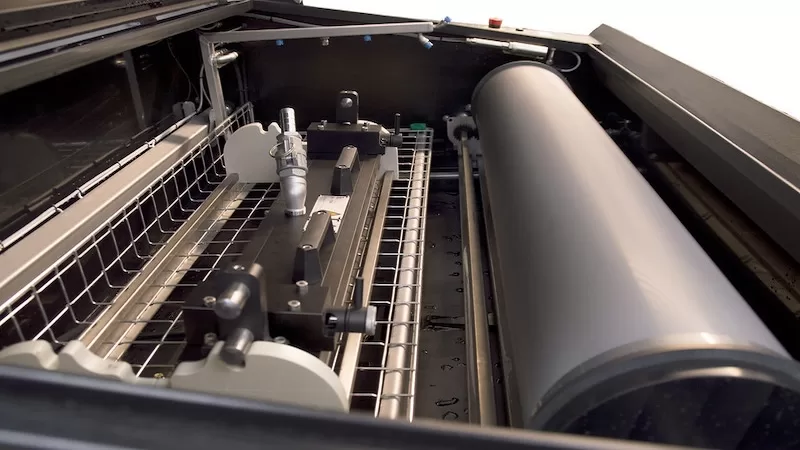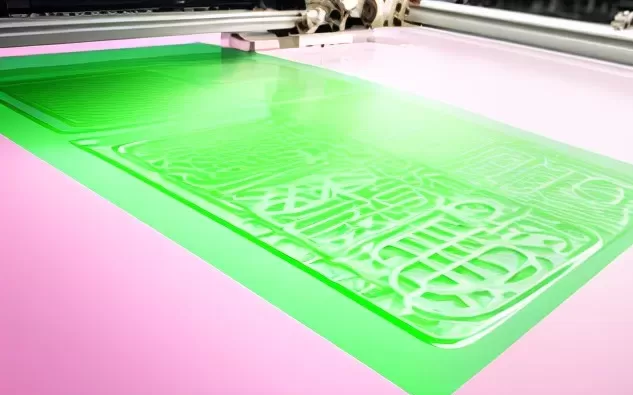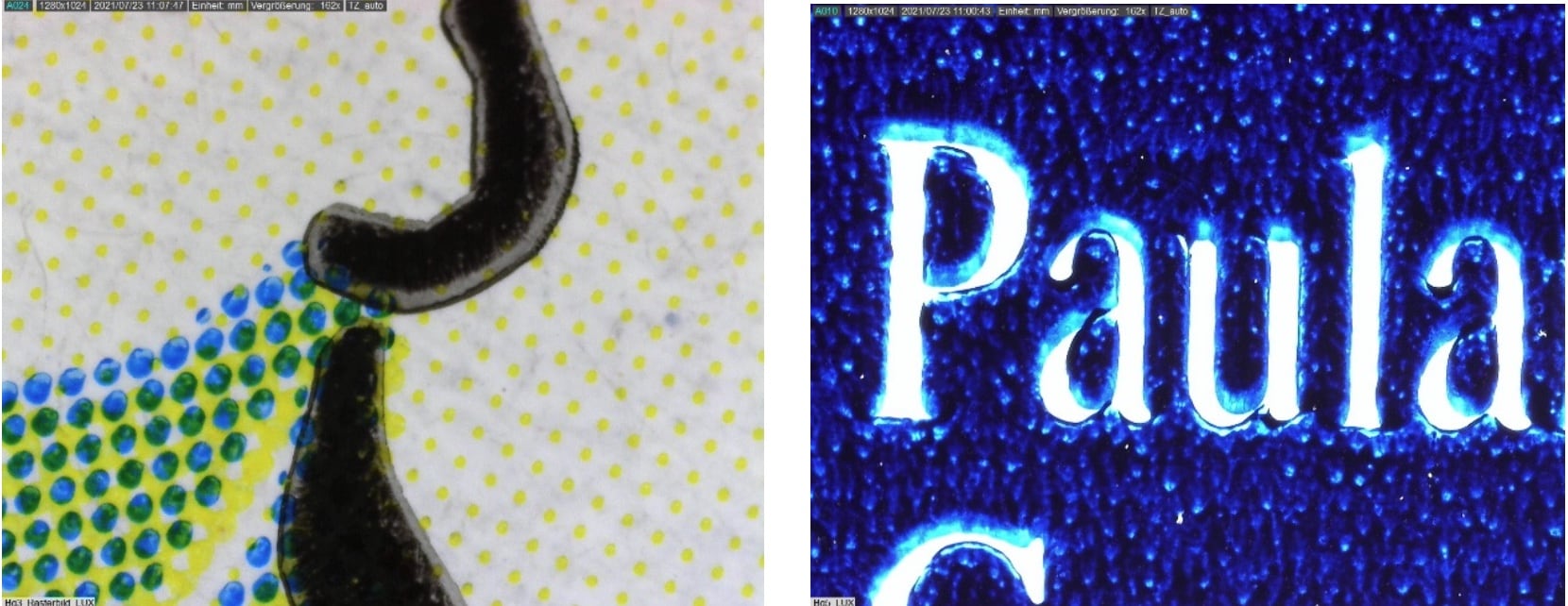In flexo printing, the drying process of inks is critical to ensuring the quality and efficiency of the print job. Here we’ll look at principle drying methods of flexo printing inks in detail, considering both their mechanisms and practical applications.
Evaporation Drying
This involves the evaporation of the solvent from the ink. The solvents used are usually fast-evaporating to speed up the drying process. During the printing process, heaters – such as hot air dryers or IR dryers – are used to accelerate solvent evaporation.
Solvent-based inks are often used for flexible packaging applications where fast drying is essential. This method is effective on materials such as plastic films, foils and other non-porous substrates.
Pros
- Fast drying suitable for high speed printing processes.
- Good adhesion and durability on non-porous substrates.
Cons
- Environmental and safety concerns due to release of volatile organic compounds (VOCs).
Absorption Drying
In absorption drying, the ink carrier (usually water) is absorbed by the substrate, causing the ink to dry and cure. The substrate plays a crucial role and its absorbency directly affects the drying speed.
Water-based inks are often helpful in printing on porous substrates such as paper and corrugated board. They are popular for printing environmentally friendly packaging and labels where the porous substrate can absorb the water content of the ink.
Pros
- Environmentally friendly due to the use of water instead of organic solvents.
- Safe and non-toxic, which is beneficial for food packaging applications.
Cons
- Slower drying speeds can limit press speeds.
- Limited to porous substrates, which limits their use on non-porous materials such as plastics.
Ultraviolet (UV) Curing
Ultraviolet curing relies on a chemical reaction initiated by UV light to polymerise the ink, instantly transforming it from a liquid to a solid. UV inks contain photo-initiators that start the curing process when exposed to UV light, resulting in a robust and durable print.
UV inks are widely used for high quality printing applications including labels, flexible packaging and various speciality printing. Suitable for non-porous substrates such as plastics and foils.
Pros
- Extremely fast curing, allowing high speed printing.
- Ready for immediate finishing, reducing downtime and improving efficiency.
- High print quality with excellent durability and resistance to abrasion and chemicals.
Cons
- Requires specialist UV curing equipment which can be expensive.
- The inks and curing process can pose health and safety risks if not managed properly.
Choosing the Right Drying Method
Choosing the right drying method is critical for several reasons:
- Print quality: Proper drying prevents problems such as smearing, blurring and shifting, ensuring sharp and clear images.
- Efficiency: Faster drying methods support higher print speeds, increasing productivity and reducing downtime.
- Substrate Compatibility: Different substrates react differently to different drying methods, requiring the right choice to ensure good adhesion and finish.
- Environmental and Safety Considerations: Choosing water-based or UV inks can reduce environmental impact and improve workplace safety by minimising VOC emissions.
Conclusion
In summary, the choice of drying methods in flexo printing depends heavily on the type of ink, the substrate, the print speed and the desired quality of the final product. By understanding the strengths and limitations of each drying method, printers can optimise their processes and achieve the best results for their specific applications.





